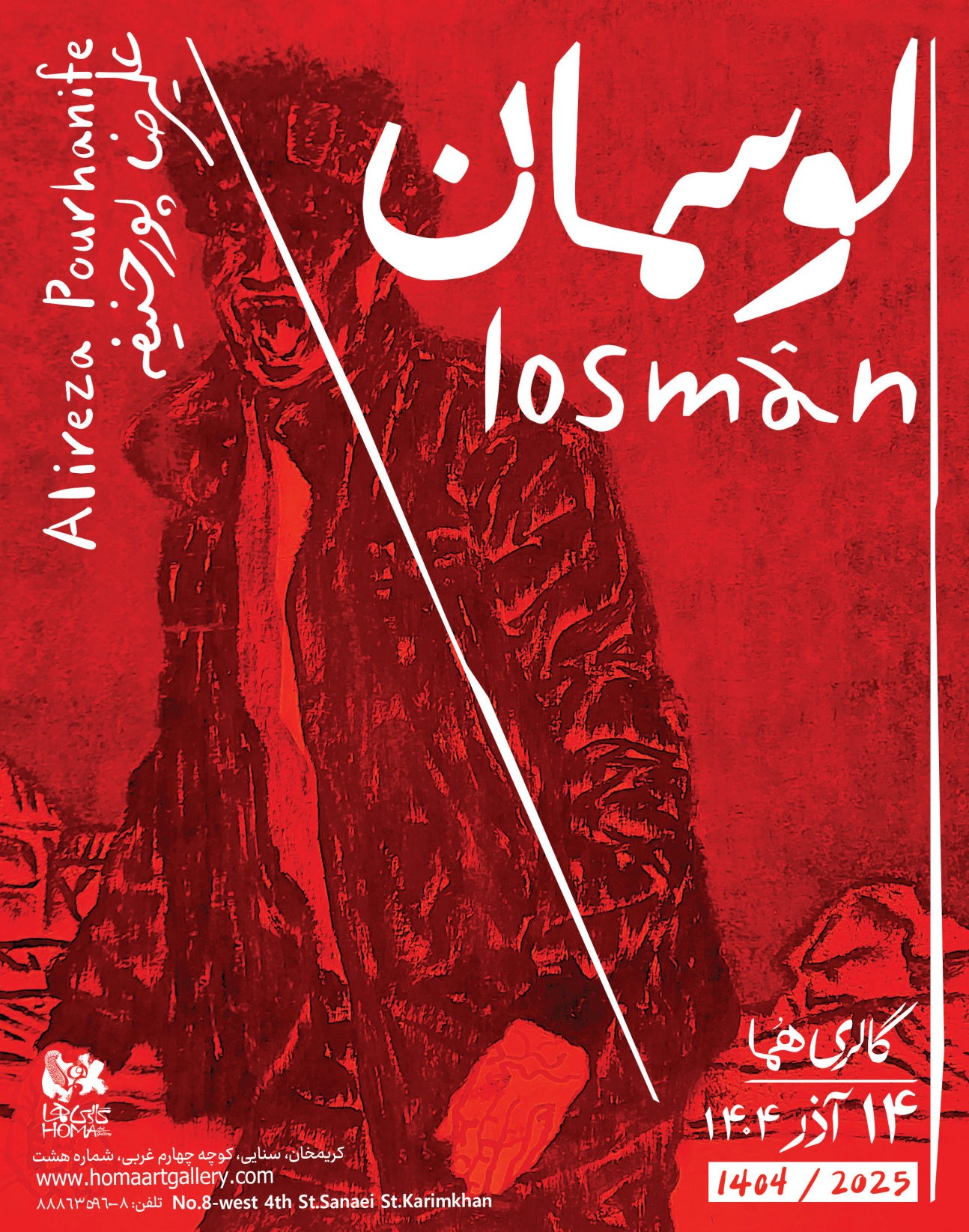Tehran,
No. 5, Salmas Sq., Golha Sq., Fatemi Sq.
30 October 2020 - 10 November 2020
The United States escaped the destruction of World War II relatively unaffected, and managed to achieve a global cultural superiority on par with its industrial and technological advances, thus filling in the vacuum left by Eruope. This major development resulted in a shift in the arts capital of the world across the Atlantic from Paris to New York. If art movements were born in European cities before the War, now it was American artists who were enthusiastically introducing them to the world. Abstract Expressionism, Pop Art and Minimalism, some of Modern Art’s most recognizable movements all come out of the New World, though their origins can be traced to earlier European movements, such as Cubism and Surrealism. The Golden Age of American influence on visual arts continues to this day, with different vigour, during the postmodern and new media era.
In Iran, during the Qajar Dynasty, visual arts was heavily influenced by European art, especially through Dar ul-Funun (est. 1851) — the first Iranian modern university that shaped a budding new generation of Iranian painters. In the decades that followed, Modern art movements were practiced in Iran rigorously, and many Western-educated Iranian artists returned to Iran with new styles and ideas. For many of these artists combining Persian classical painting with Modern art movements became a preoccupation which resulted in a “national art movement.” At the same time anti-West sentiment was growing in Iran which was at odds with the official pro-Western— especially pro-American—policies of the Pahlavi Dynasty.
After the 1979 Revolution, this dichotomy in Iranian art was officially under the supervision of the new anti-American regime, which sought to cut all cultural and political ties with the US, banning all sorts of cultural representation and dialogue between the two countries. This is in-line with French cultural theorist and philosopher Jacque Ranciere’s theory of “Distribution of the Sensible,” where he argues politics revolves around “what is seen and what can be said about it, around who has the ability to see and the talent to speak. Artistic practices are always-already political: that is, ‘aesthetics is at the core of politics’.” In this sense the Iranian Revolution could be described as a partition, based on negating and censoring the presence of the world’s predominant cultural influencer. And yet, the effectiveness of this policy is questionable, with many Iranian artists—in the diaspora or inside—still preoccupied with art that is heavily inspired by global art movements and the greater culture of the United States.
“Distribution of the Sensible” is a group exhibition of works across generations of Iranian artists, that overtly or covertly embody this on-going dialogue with American art movements, culture, and social movements.
“Distribution of the Sensible” is a group exhibition of works across generations of Iranian artists, that overtly or covertly embody this on-going dialogue with American art movements, culture, and social movements.
Reza Aramesh, Sina Choopani, Ghasem Hajizadeh, Khosrow Hassanzadeh, Amir Kamand, Tala Madani, Mohammadreza Mirzaei, Houman Mortazavi, Farhad Moshiri & Shirin Aliabadi, Nicky Nodjoumi, Koorosh Shishegran, Manochehr Yektai, Hoda Zarbaf
Curated by Takin Aghdashloo



